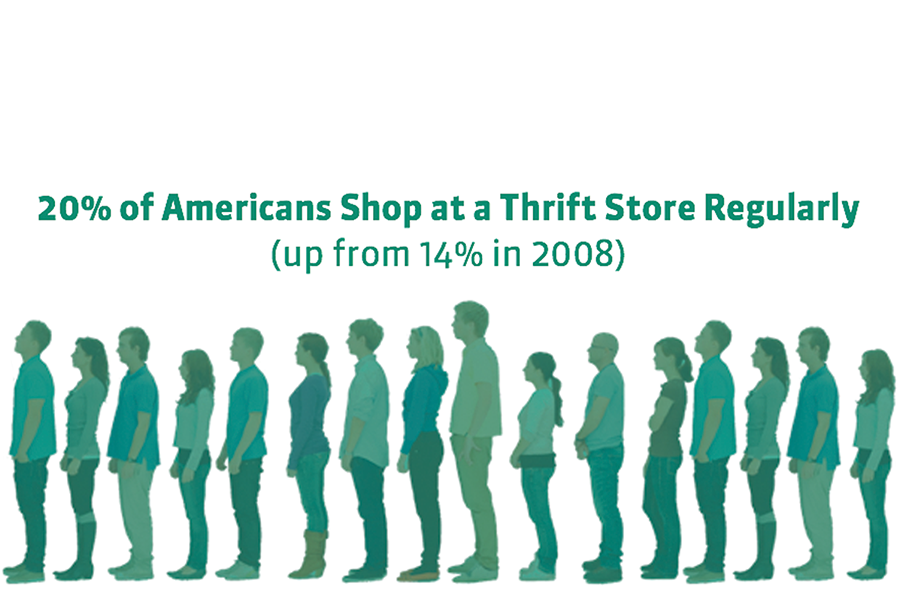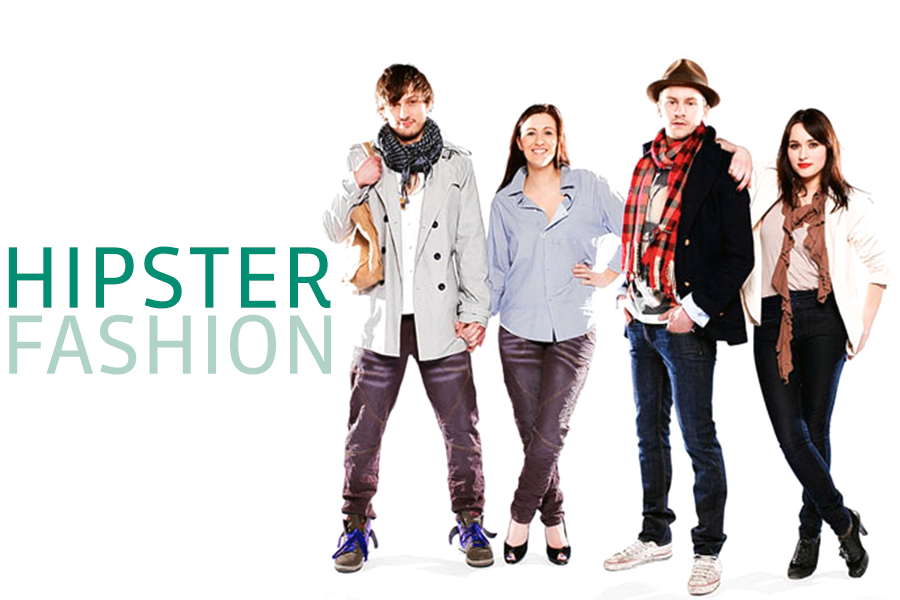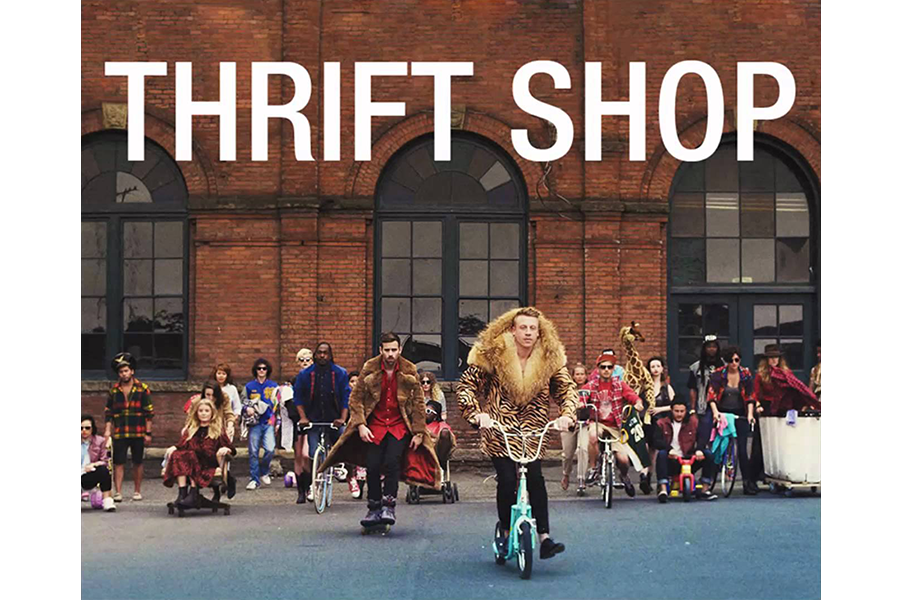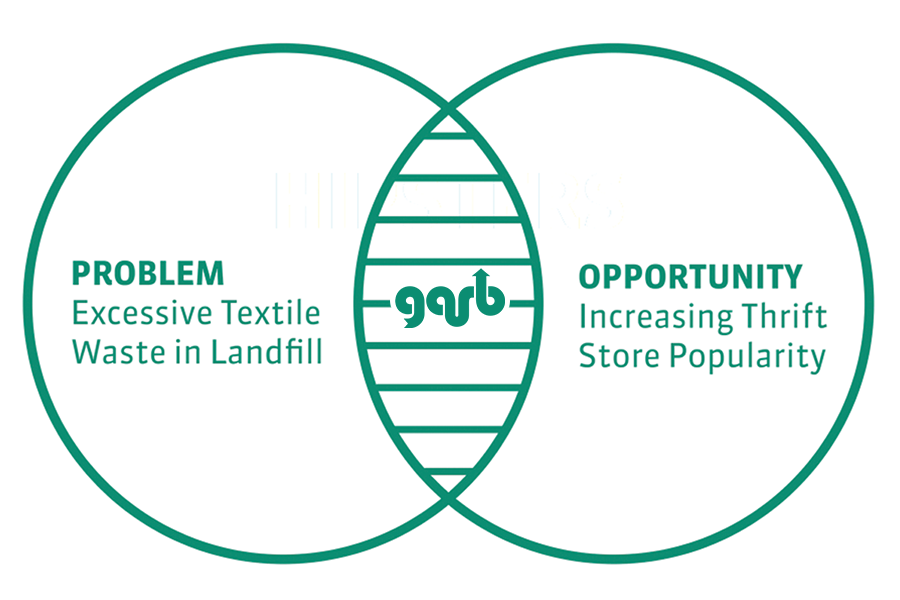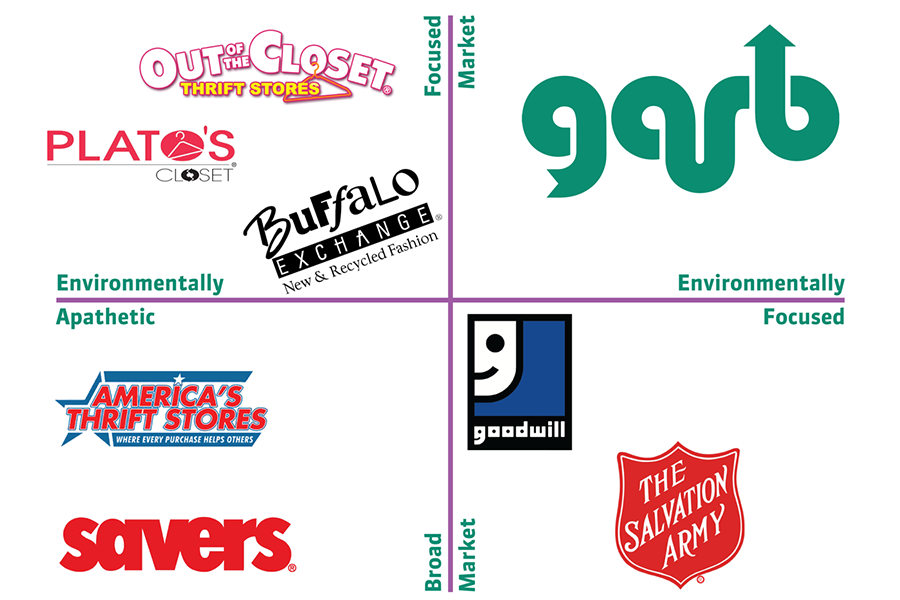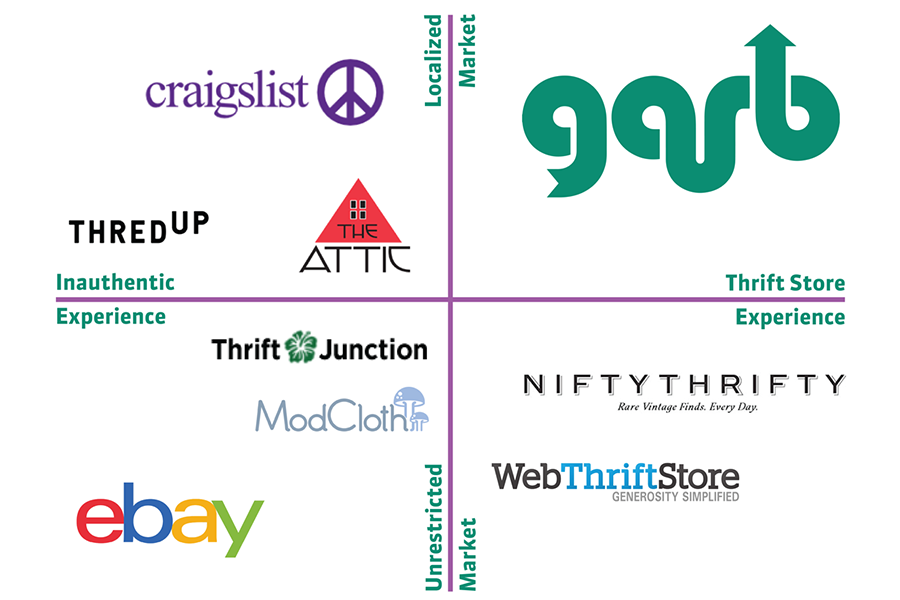The goal of Garb is to reduce clothing waste in landfill by providing customers a community-uniting clothing swap, an opportunity to contribute to a positive social mission, and a platform to promote environmental consciousness.
Garb, developed by Garrett Dobbs and Jill Mintzer, won third prize at the extracurricular Kravis Concept Plan competition at Claremont Graduate University.
|| Overview
Garb is an online clothing swap, focused on providing an authentic thrift-shopping experience while simultaneously helping to reduce the amount of clothing and textile waste sent to landfill in the U.S.
Garb was submitted to the 2015 Kravis Concept Plan competition. The Kravis competition is hosted annually by the Peter F. Drucker School and is open to students and alumni of all seven Claremont colleges. From over thirty submitted business plans, Garb was selected as a finalist and chosen to be presented to a panel of venture capitalists. Jill Mintzer and I, representing the Drucker School's Entrepreneurship and Venture Capital club, won third place and a $1000 prize for the Garb concept plan.
|| Problem
According to EPA data, Americans produce over 14.3 million tons of textile waste annually, the bulk of which is discarded clothing. That equates to over 68 pounds of textile waste per household each year. Of all discarded textile products, approximately 85% is not properly recycled and ends up in landfill, accounting for between 3% and 5% of total landfill. Only 7% of textile waste in landfill is unusable, the other 93% could have been recycled. Of the textile waste that is recyclable, 25% is of medium quality and can be processed into cloth rags, 33% is poor quality and is broken down into fibers to be used in functions such as seat cushions, and 35% is perfectly usable clothing.
Even if clothing is recycled, often it isn't done responsibly. Discount exporters will buy wearable recycled clothing in bulk and ship to small economies in developing countries to be sold very cheaply. The most common destinations are Africa and Asia. This practice often causes irreparable damage to the textile industries in these areas.
“35% of textile waste in landfill is perfectly usable clothing”
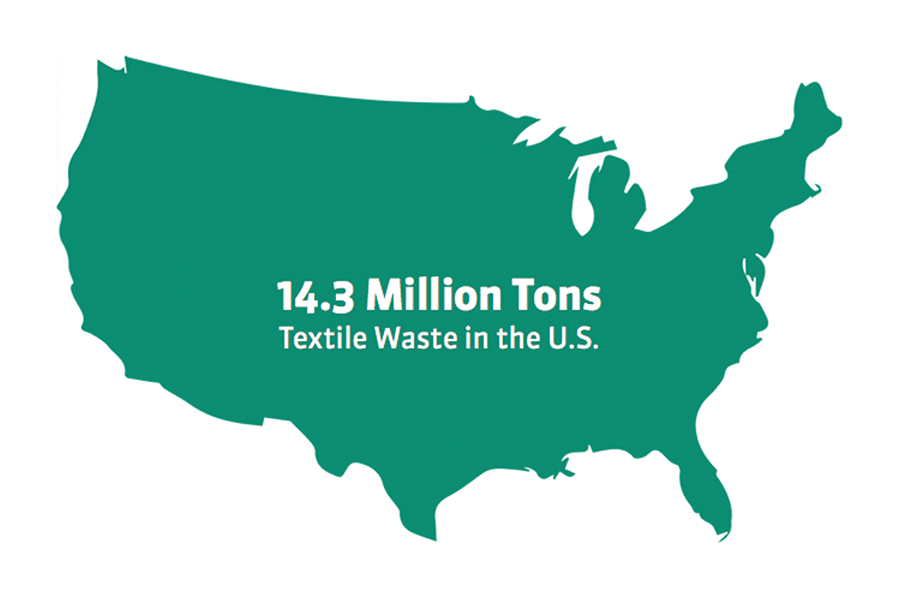
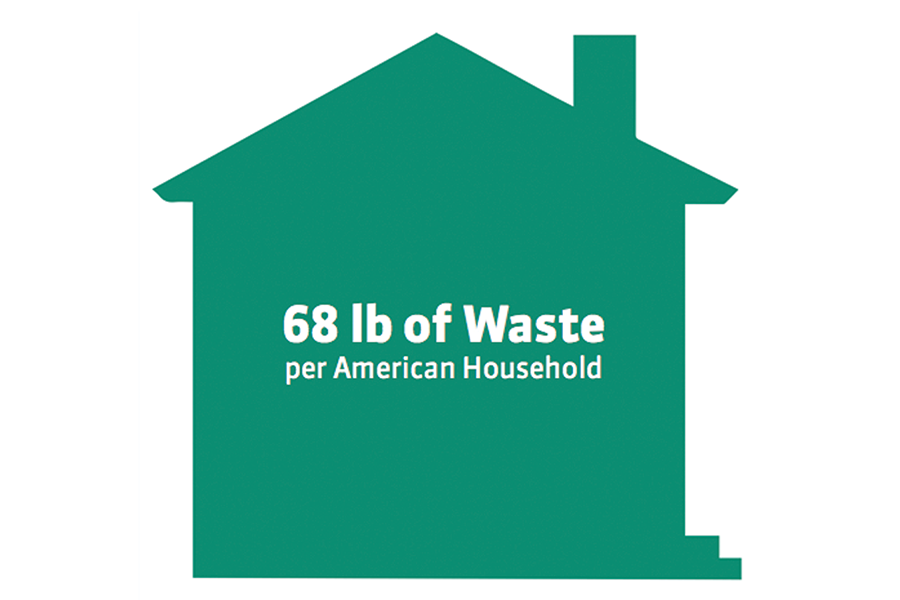
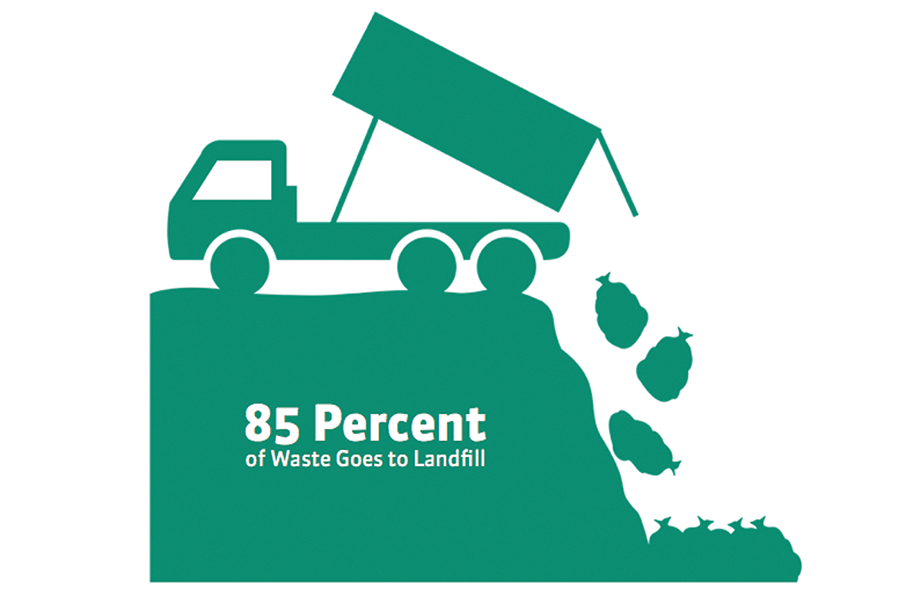
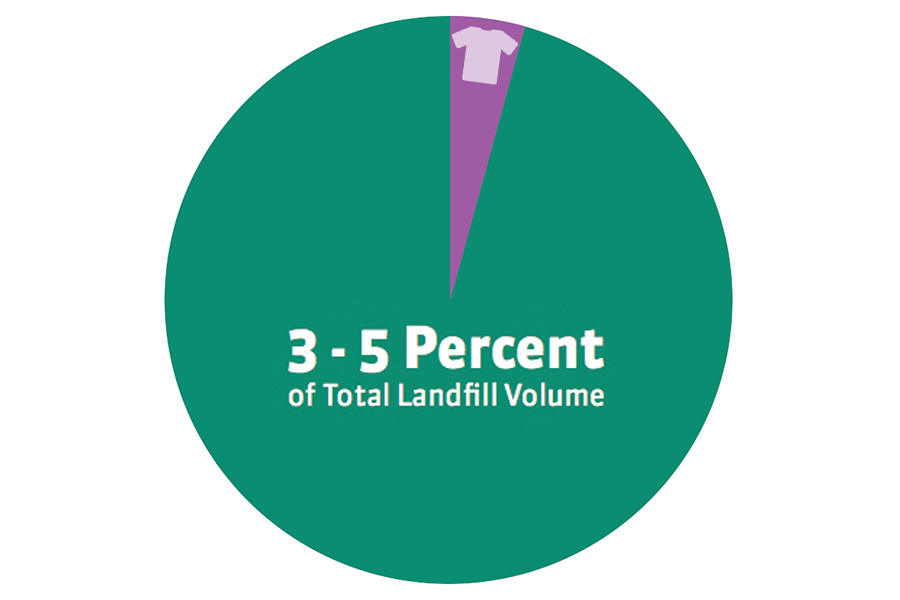
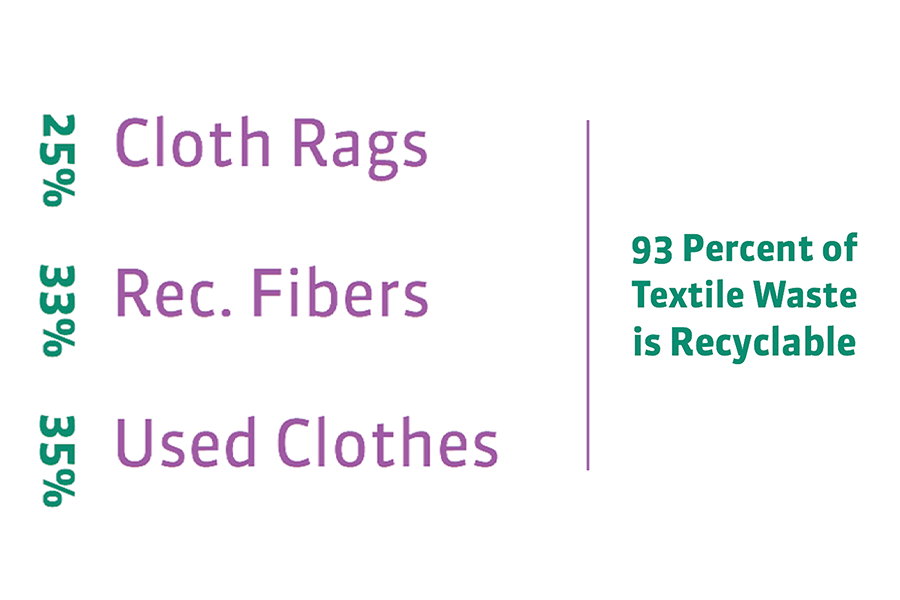
|| Solution
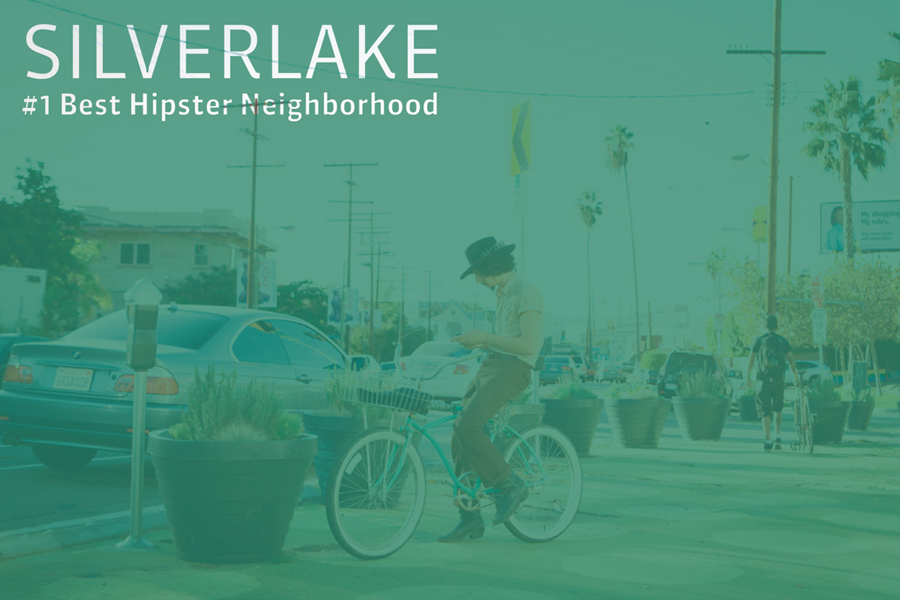
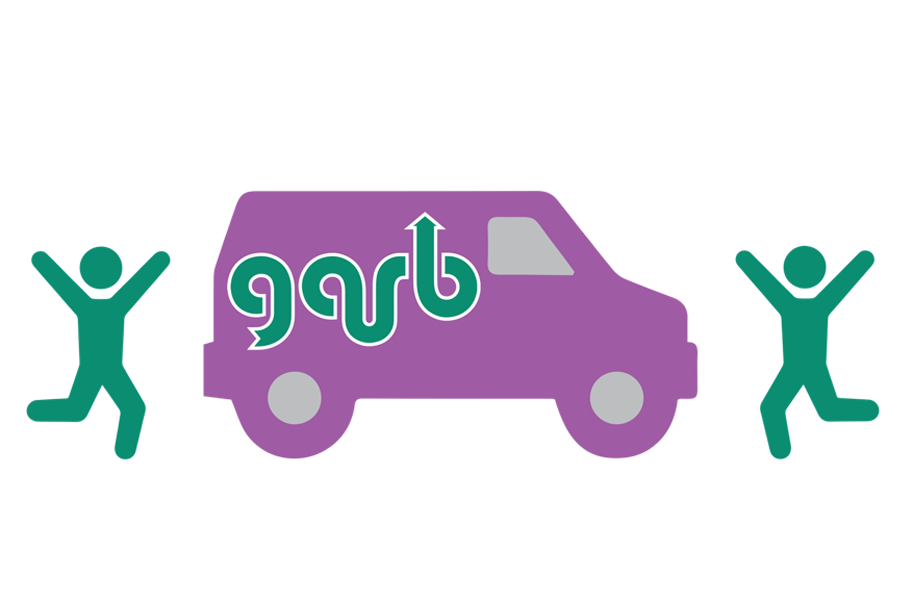
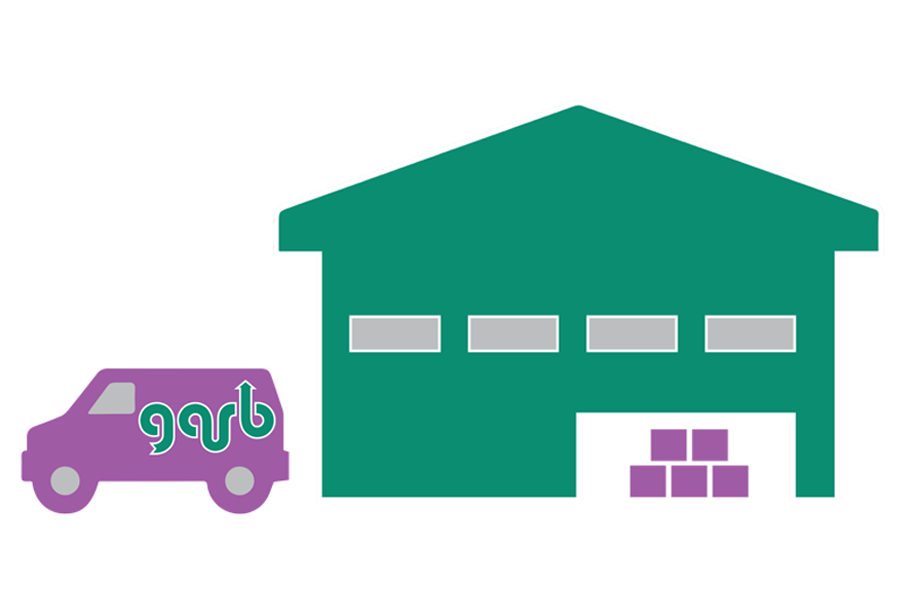
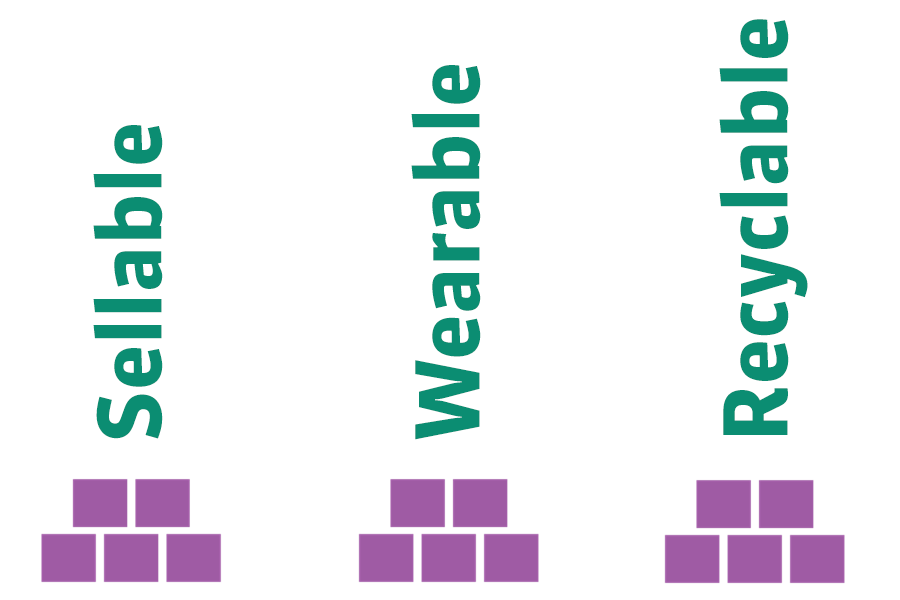
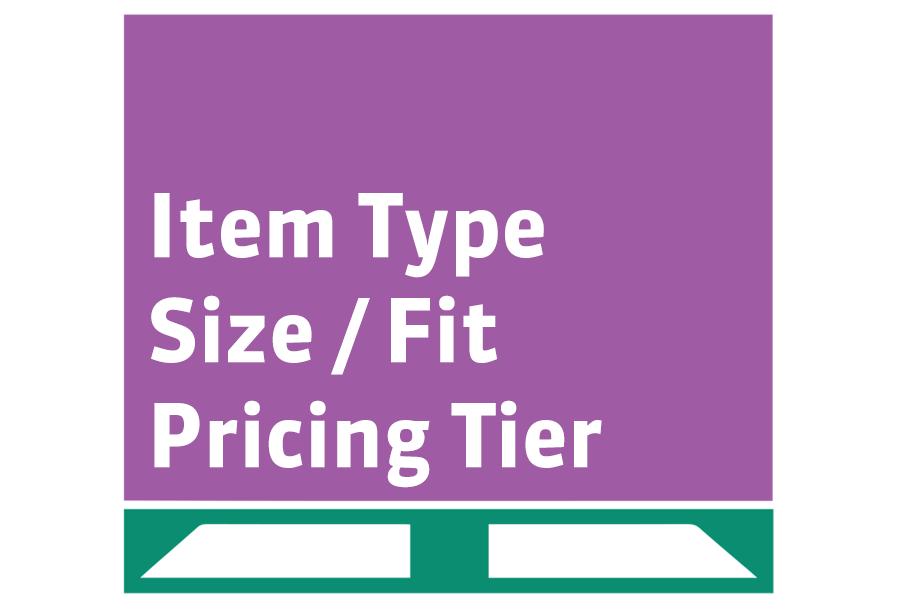
Garb aims to divert textile waste from landfill by providing the most convenient recycling option combined with an authentic online clothing swap experience. Garb operates a branded biodiesel truck that makes deliveries, pick-ups, and stops for clothing donations. The aim of this is to build brand recognition, simplify the donation process, and intercept all clothing that may have previously been dumpster-bound. Users can track the truck's location online in real-time. The delivery and pickup process is repeated daily and is restricted to a local serviceable area.
The Garb truck returns nightly to a local warehouse to unload returns and donations. All items are washed and then sorted into three categories: Sellable, Wearable, and Recyclable. Sellable inventory is further sorted into batched SKUs. Wearable inventory (clothing that is not sellable to Garb customers) is donated to local homeless shelters and foster care organizations. Recyclable inventory (clothing that is not wearable) is stockpiled and sold by weight to a textile recycling center at the end of each quarter.
Sellable inventory is batched into SKUs by three metrics: Item Type, Size/Fit, and Pricing Tier. Current online thrift stores struggle with inventory management due to the labor intensiveness of stocking, photographing, and listing items that only sell once. Garb overcomes this challenge by batching similar items together as a single SKU.
A customer places an order by selecting each metric one at a time. For example, a customer could pick 'sweaters' > 'men's large' > '$15' (which refers to a specific batched SKU). A comment box on every order also allows for any special requests such as, "I like red sweaters".
When a new order is received, Garb picks and packs ten items at random from the ordered SKU. Within 24 hours, the order is delivered and the customer has 14 days to try on the clothes and decide what to keep and what to return. Return pick-up is requested online or in-app. The customer leaves the return shipment in an accessible location, and the Garb truck will pick-up the following day.
When the return comes back to the warehouse, the label is scanned for customer and order information and taken to the correct SKU bin. Items are counted as they are placed in the bin. Any items missing from the shipment are considered purchased, and the customer's account is charged.
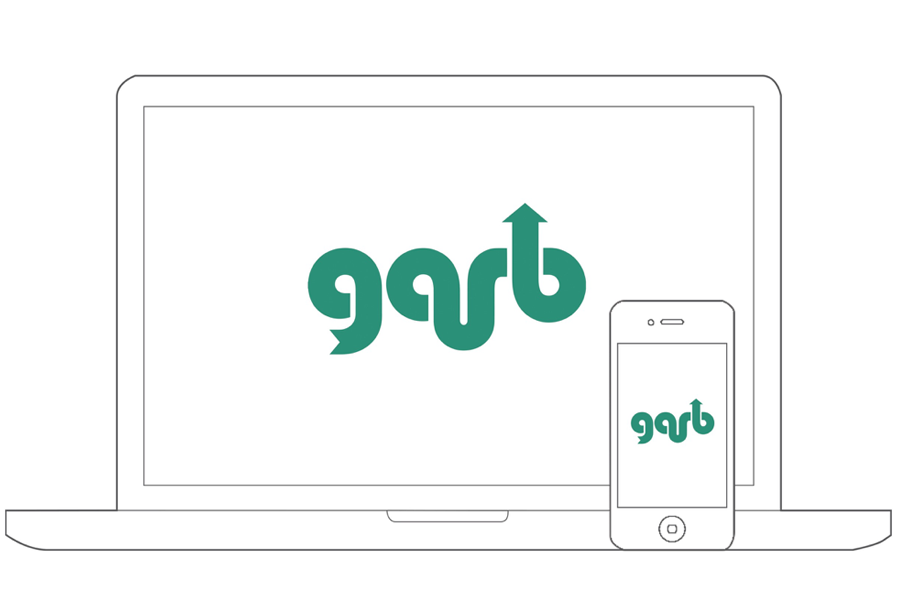
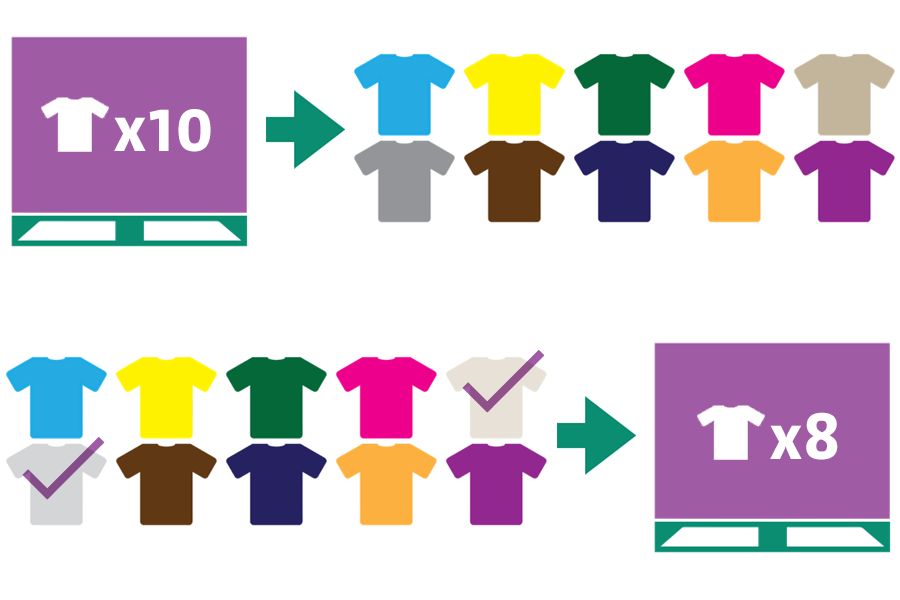
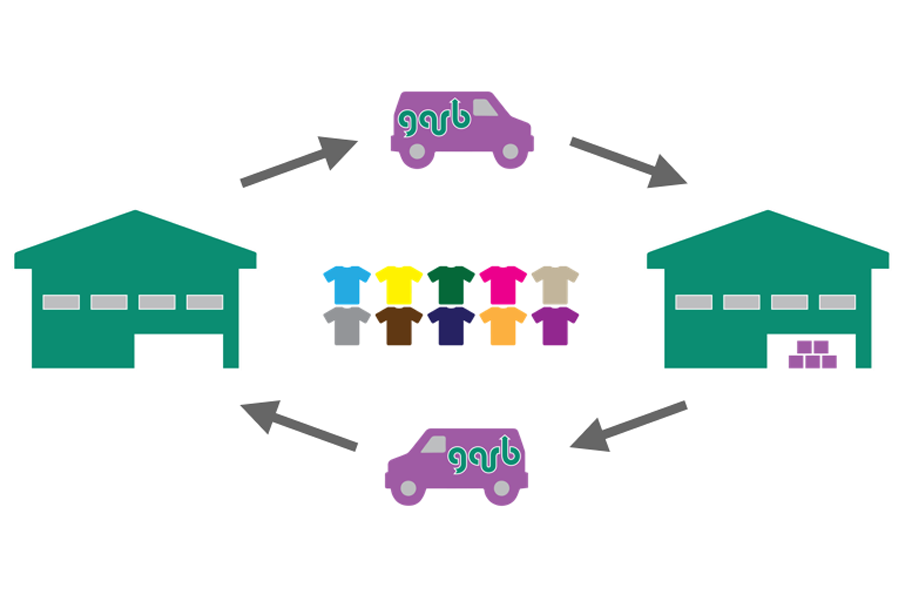
|| Market Validation
Data gathered by the firm First Research reveals that thrift stores are currently a $12B industry in the U.S., and secondhand clothing accounts for approximately 25% of all thrift store sales. In addition, 20% of all Americans shop at thrift stores regularly, up from 14% in 2008. The market research firm Zandl Group published in 2012, "People today take pride in being individual and unique, in setting trends versus following them, and with so much sameness at malls throughout the country, one way to achieve this kind of originality is by buying retro and vintage items that are no longer in production." The increasing trend of thrift store popularity was epitomized in 2012 by rapper Macklemore's enormous hit "Thrift Shop", the video for which currently has 1.1 billion views on Youtube.
The hipster cultural movement has helped to attract youth to the thrift shop industry. Hipsters are especially cognizant of the originality and creativity of wardrobe that can be achieved by shopping secondhand. The Garb brand lies at the intersection of hipster styles and environmental activism.
